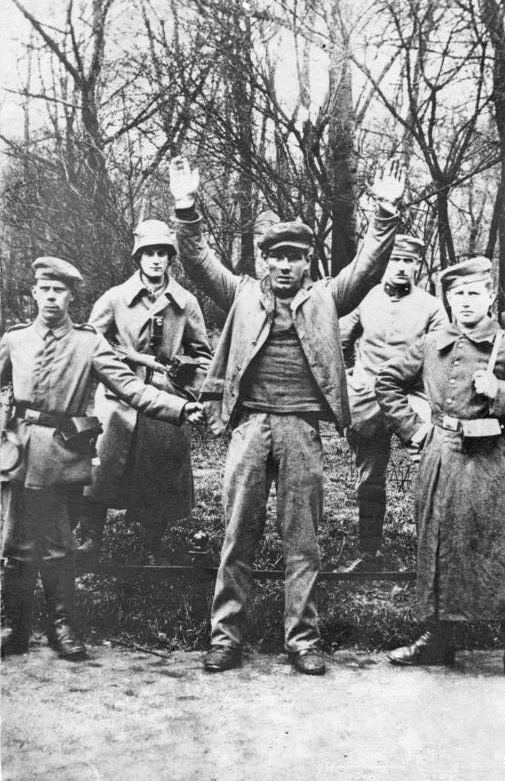Start date November 1918 | Location Germany | |
 | ||
Result Nazi Party seizes power, all opposition political parties are banned, Nazi totalitarian state established. Similar Spartacist uprising, Beer Hall Putsch, German Revolution of 1918–19 | ||
Substantial political violence existed in Germany from the fall of the House of Hohenzollern and the rise of the Weimar Republic through the German Revolution of 1918–19 until the rise of the Nazi Party to power in 1933 when a Nazi totalitarian state was formed and opposition figures were arrested.
Due to unrest left from the change of government from a patriarchy, based on social standing, to a democratic republic, the people of Germany turned to riots and violence. The drastic change allowed for fluidity amongst the classes and new voices to be heard. Many large cities, especially Berlin, experienced political rallies which resulted in violence from opposition. The quick overturn of leaders also influenced crises in the interwar period. Ultimately the Nazis took advantage of the radical setting of Germany but leading to this there was great amounts of political violence.
See popular literature from the time including Effi Breist
